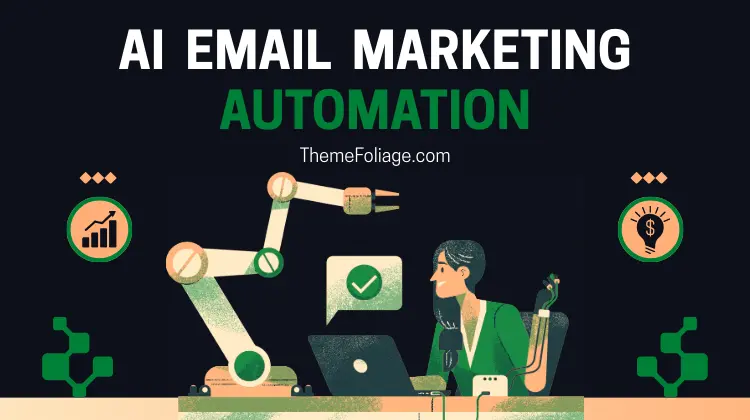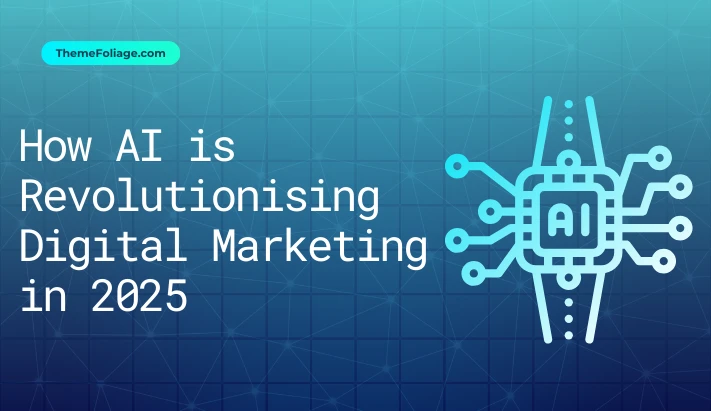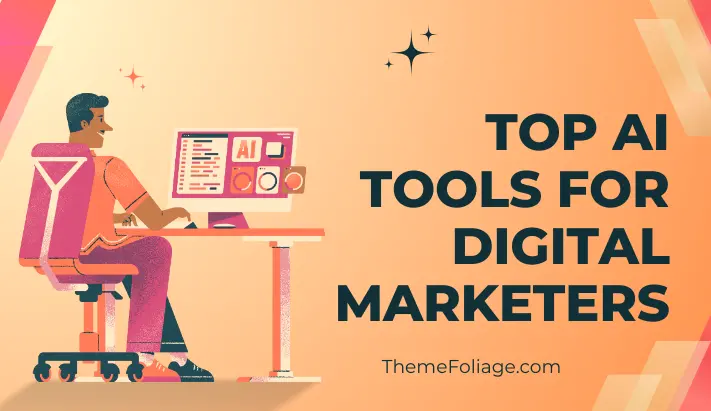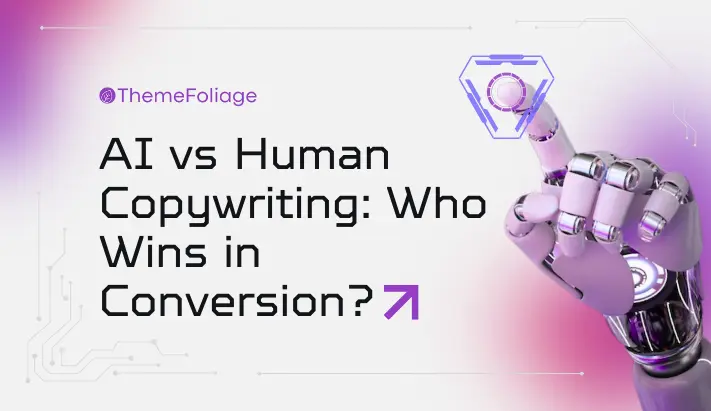Email marketing is still one of the highest ROI channels in digital marketing, but in 2025, it’s no longer manual. With AI email marketing automation, you can personalise campaigns, optimise send times, and scale your funnel like never before.
Whether you’re nurturing leads, selling products, or promoting affiliate offers, AI tools can help you build smarter, faster, and more profitable email funnels.
Why AI Email Marketing Matters in 2025
AI has completely changed how email marketing works. Instead of guessing when to send, what to write, or how to segment, AI can handle the heavy lifting.
AI email marketing automation allows you to:
- Predict the best time to send emails (based on past engagement)
- Personalise subject lines and content dynamically for each subscriber
- Segment audiences based on behaviour (clicks, purchases, browsing history)
- Automate entire sequences based on triggers (abandoned cart, sign-ups, downloads)
Result: Higher open rates, better engagement, and more conversions without spending hours writing or manually scheduling campaigns.
According to Litmus, email generates an average ROI of $36 for every $1 spent, and AI-powered personalisation can increase that number by up to 40%.
Step 1: Choose Your AI Email Marketing Stack
To automate your funnel, you need the right tools. Here are some of the most powerful AI-driven email marketing platforms in 2025:
| Tool | Purpose |
|---|---|
| Sender.net | AI-powered personalisation and automation |
| Mailchimp AI | Smart scheduling and predictive analytics |
| ActiveCampaign | Behaviour-based segmentation and automation |
| ChatGPT | Generate email copy and subject lines |
| Zapier | Connect email tools with your blog, CRM, and funnel builder |
Pro Tip: Use ChatGPT or other AI to generate multiple versions of your subject lines and test them with A/B campaigns. AI can even predict which variation is most likely to perform best.
Bonus: Find out more about top 10 AI tools for digital marketers!
Step 2: Create AI-Optimised Email Sequences
Your email funnel should guide subscribers from awareness to conversion. AI helps by analysing behaviour and adapting content for each subscriber.
Here’s a sample 5-email AI-powered sequence:
- Welcome Email
- Subject: “Welcome to the Future of Marketing”
- Personalise with AI-generated name and interest tags.
- AI can dynamically insert a free guide, video, or offer based on user profile.
- Value Email
- Share a free resource, blog post, or case study.
- AI recommends content based on browsing history or prior clicks.
- Problem-Solution Email
- Address a common pain point in your niche.
- AI segments users based on engagement: those who clicked get a deeper solution, while others get a lighter educational touch.
- Product Pitch Email
- Introduce your product, service, or affiliate offer.
- Use AI (ChatGPT, Jasper, Gemini) to test persuasive copy angles.
- Urgency Email
- Highlight scarcity or time-sensitive offers.
- AI can adjust urgency levels—for engaged users, push limited-time offers; for less active ones, focus on social proof.
AI ensures no two subscribers receive the exact same journey—they each get tailored messages based on their behaviour.
Step 3: Personalise with AI for Maximum Impact
Generic emails are dead. AI allows hyper-personalisation that goes beyond just adding a first name.
AI email marketing tools can personalise:
- Subject lines – “Hey Shomirul, your AI toolkit is ready!”
- Content blocks – Swap sections based on user interests or location.
- Product recommendations – Suggest offers based on previous clicks/purchases.
- Send times – Deliver when each subscriber is most likely to open.
Tools to Try:
- Sender.net – Dynamic content blocks
- RightMessage – On-site personalisation that syncs with email
- Mailchimp AI – Predictive send-time optimisation
Pro Tip: Create multiple AI personas of your audience (e.g., “The Beginner,” “The Researcher,” “The Buyer”) and let automation tailor the funnel for each.
Step 4: Automate Triggers and Workflows
Automation ensures subscribers move through your funnel smoothly without manual intervention.
Examples of AI-Powered Triggers:
- If a user clicks a blog link → send them a related guide.
- If a user opens 3+ emails → send them a product pitch.
- If a user doesn’t open → resend with AI-optimised subject line.
- If a user abandons cart → AI creates a recovery sequence with discounts or testimonials.
Tools to Automate Workflows:
- ActiveCampaign – Visual workflow builder
- Zapier – Connects apps like WordPress, Shopify, and your CRM
- Systeme.io – All-in-one funnel builder with email automation
Step 5: Track Performance and Optimise with AI
Sending emails is only half the job of analysing results, and improving is where AI really shines.
AI analytics can monitor and optimise:
- Open rates (best subject lines & send times)
- Click-through rates (best CTAs & content types)
- Conversion rates (AI predicts drop-off points)
- Unsubscribe trends (why users disengage)
Recommended Tools:
- Google Looker Studio – Visualize email performance
- Sender.net – AI-driven campaign insights
- Mailchimp AI – Predictive analytics and optimisation tips
Pro Tip: Let AI suggest whether to rewrite, resend, or retire underperforming emails.
Real-World Example: AI Email Funnel in Action
A digital marketer used ChatGPT + Sender.net to build a 7-email funnel promoting AI tools:
- Personalised subject lines increased open rate by 38%
- Behaviour-based segmentation boosted CTR by 22%
- Funnel generated $1,500 in affiliate commissions in 3 weeks
This shows how AI doesn’t just save time, it directly impacts revenue.
Final Thoughts
AI email marketing automation isn’t just a productivity hack, it’s a conversion engine. By combining smart tools with strategic content, you can build funnels that engage, convert, and scale.
If you’re still relying on generic broadcasts, you’re leaving money on the table. AI makes it possible to deliver the right message, to the right person, at the right time, automatically.



